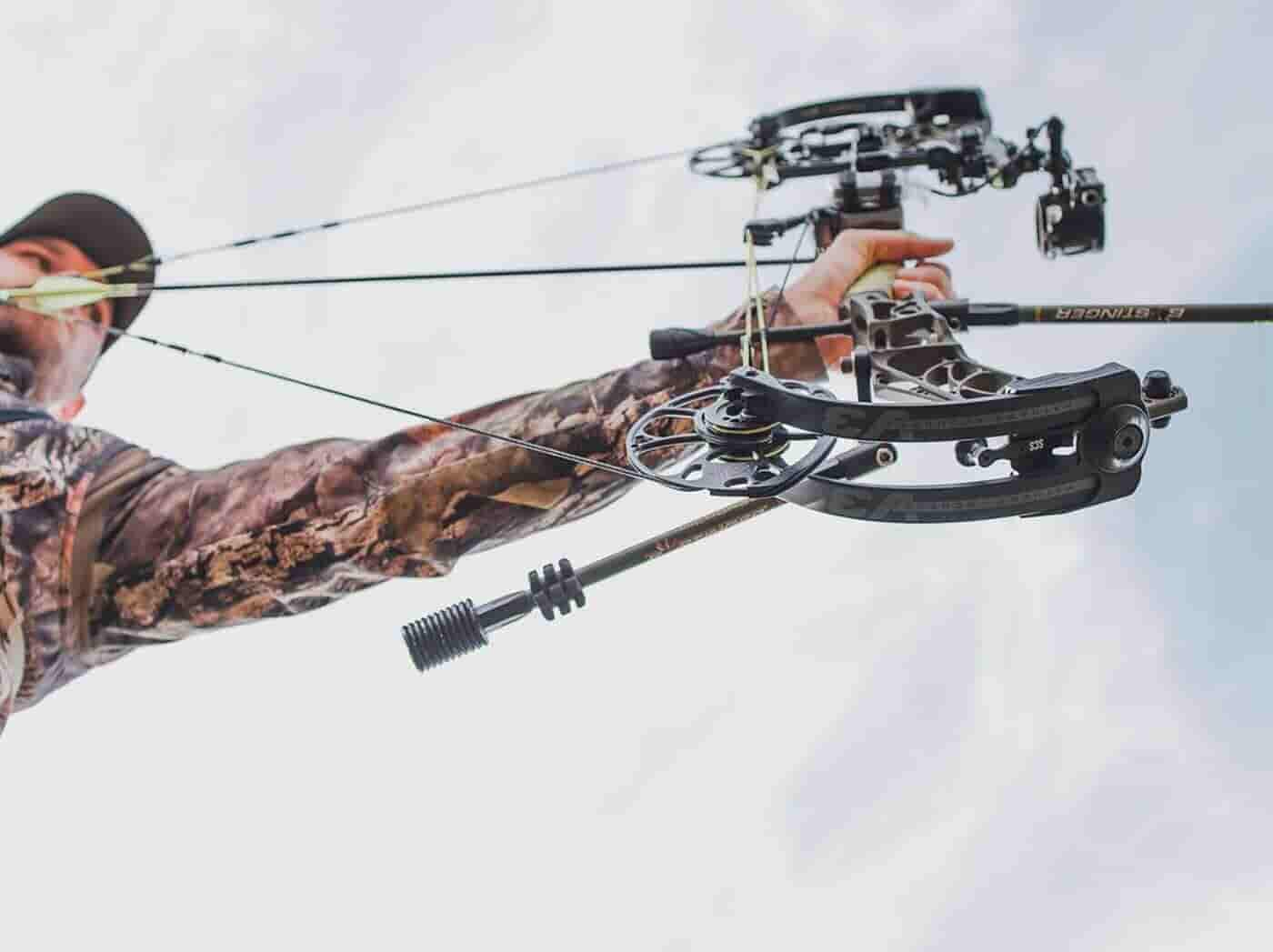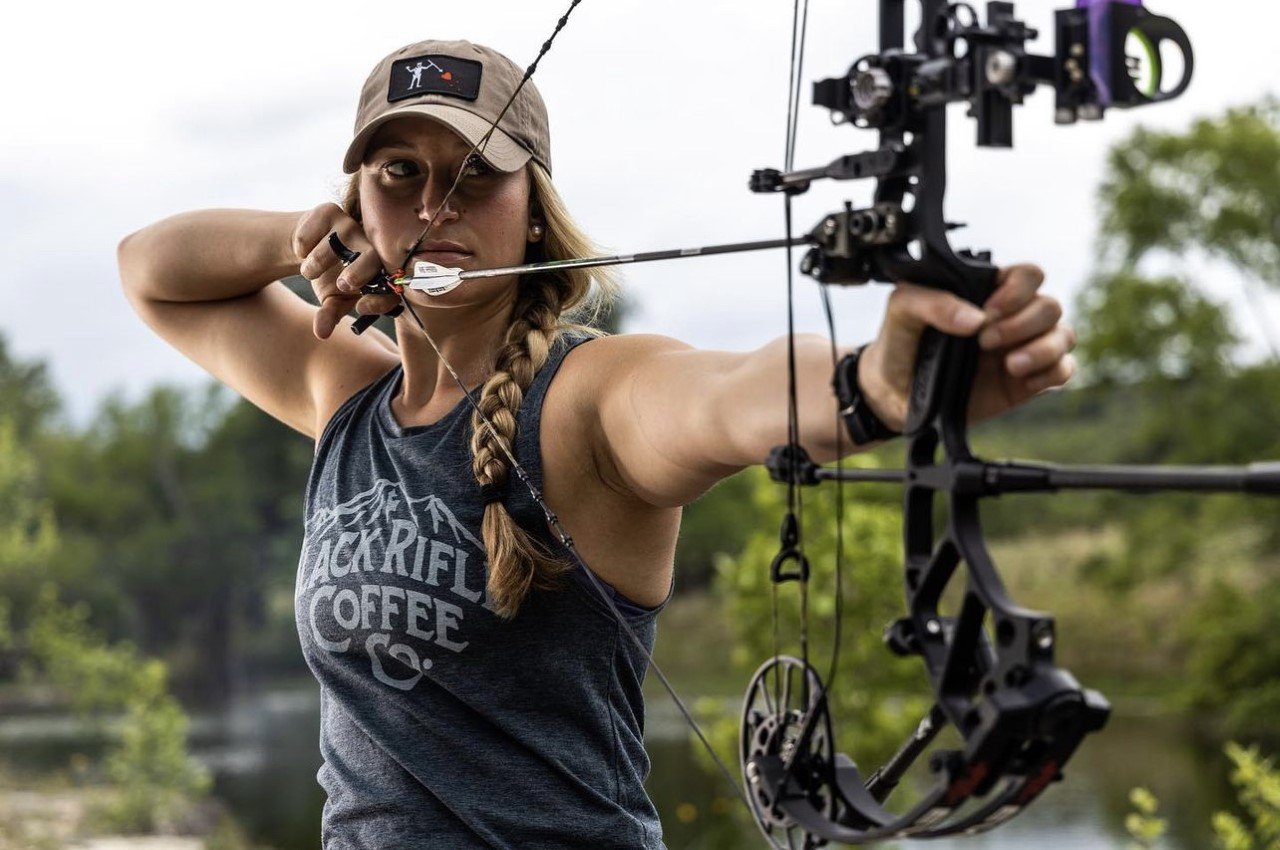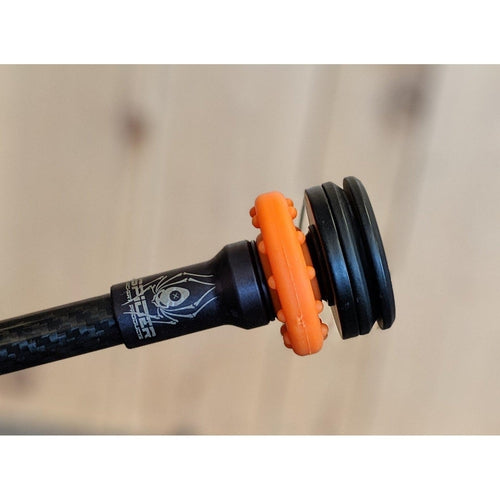Upgrade Your Archery Setup: Top-rated Archery Stabilizers Reviewed
Upgrade Your Archery Setup: Top-rated Archery Stabilizers Reviewed
Blog Article
Master the Art of Archery: Comprehending the Significance of a Stabilizer in Your Arrangement
Archery, an ancient sport that calls for accuracy, emphasis, and ability, has actually astounded individuals for centuries. Whether one is a skilled archer or simply starting their trip, the relevance of a stabilizer in their arrangement can not be overemphasized. This vital item of equipment plays a significant role in improving precision and boosting total performance. By comprehending the advantages of utilizing a stabilizer, considering the appropriate variables when picking one, and properly installing and changing it, archers can boost their abilities to new heights. Allow us discover the complexities of grasping the art of archery and uncover the important role that a stabilizer plays in attaining success on the variety.
The Duty of a Stabilizer in Archery
A stabilizer plays an essential role in archery by improving equilibrium and lowering resonances during the shot. A stabilizer assists to combat these resonances by dissipating the energy and soaking up (archery stabilizer).
Among the main advantages of a stabilizer is its capability to boost balance. When an archer holds a bow, it can be testing to keep a consistent purpose. The weight of the stabilizer helps to distribute the weight uniformly, reducing the stress on the archer's arm and boosting stability. This allows the archer to focus on their goal and carry out an extra accurate shot.
In addition to balance, a stabilizer likewise assists to minimize torque. The weight and layout of a stabilizer combat this turning, ensuring a much more constant and exact shot.
Benefits of Utilizing a Stabilizer
The use of a stabilizer in archery offers various advantages that improve an archer's efficiency and total shooting experience. By absorbing and moistening these vibrations, the stabilizer enhances the security of the bow, allowing for even more accurate and regular shots.
Secondly, a stabilizer aids to stabilize the bow by adding weight to the front end. This weight circulation counteracts the all-natural propensity of the bow to tip ahead upon launch, minimizing the amount of activity and enhancing the archer's ability to keep objective on target.

Lastly, a stabilizer can also function as a shock absorber, reducing the shock and recoil experienced upon release. This not only boosts the convenience of shooting yet additionally decreases the risk of injury or stress on the archer's body.
Just How a Stabilizer Boosts Precision
Enhancing the accuracy of an archer's shots, a stabilizer plays a critical duty in boosting general performance. archery stabilizer. By adding stability to the bow, a stabilizer assists lessen the undesirable activity and vibration that can happen throughout a shot. This reduction in movement enables the archer to preserve a stable objective, causing more regular and precise shots

In addition, a stabilizer aids to wet vibrations that happen upon release. These resonances can create the bow to shake, impacting the arrow's trajectory and accuracy. By soaking up and dissipating these resonances, a stabilizer assists to maintain the bow's stability and guarantee a smooth and accurate shot.
In addition, a stabilizer can also assist in stabilizing the weight distribution of the bow (archery stabilizer). By adding weight to the front of the bow, a stabilizer aids to balance the weight of devices, such as views or quivers, which may be affixed to the bow. This well balanced weight distribution aids the archer keep a constant and regulated shooting placement, leading to boosted precision
Variables to Take Into Consideration When Selecting a Stabilizer
When selecting a stabilizer for your bow, it is very important to think about numerous elements that will certainly add to its general effectiveness and suitability for your specific shooting design. The very first element to consider is the length of the stabilizer. Stabilizers can be found in various sizes, varying from short to long. Longer stabilizers generally supply more stability and equilibrium, however they can additionally be larger and harder to maneuver. Much shorter stabilizers, on the other hand, use far better maneuverability yet may compromise some security.
An additional element to consider is the weight of the stabilizer. The weight of the stabilizer can influence the balance of your bow.
Furthermore, it is essential to think about the style and building of the stabilizer. Some stabilizers have flexible attributes, such as flexible size or adjustable weights, which allow you to customize the stabilizer to your particular requirements. The materials used in the building and construction of the stabilizer can additionally affect its performance. Carbon fiber stabilizers are light-weight and long lasting, while aluminum stabilizers use an equilibrium in between weight and rigidness.
Various stabilizers may function better for certain shooting designs, such as target capturing or hunting. It is advisable to consult with experienced archers or experts to determine which stabilizer will ideal suit your individual demands.
Tips for Correctly Readjusting a stabilizer and installing
Correct setup and change of a stabilizer is important for maximizing its performance and ensuring ideal capturing precision. When setting up a stabilizer, it is vital to comply with a couple of key actions to ensure its efficiency. Initially, identify the proper size of the stabilizer based upon your shooting style and choices. Longer stabilizers give straight from the source even more stability but can be top article much less manoeuvrable, while much shorter stabilizers provide raised ability to move but might sacrifice security. Attach the stabilizer to the bow utilizing the supplied installing equipment when you have selected the suitable size. Make sure that the stabilizer is firmly attached and straightened with the bow's riser.
After mounting the stabilizer, it is essential to make changes to attain the preferred equilibrium and shot consistency. Beginning by changing the weight distribution along the stabilizer. Additionally, consider readjusting the angle of the stabilizer to adjust the shot.

Final Thought
In final thought, a stabilizer plays a crucial duty in archery by boosting accuracy and decreasing bow torque. When my sources selecting a stabilizer, aspects such as product, weight, and size ought to be thought about to satisfy private needs.
Additionally, a stabilizer can also assist in stabilizing the weight circulation of the bow. By including weight to the front of the bow, a stabilizer helps to stabilize the weight of accessories, such as views or quivers, which may be affixed to the bow. Some stabilizers have adjustable attributes, such as adjustable size or adjustable weights, which permit you to personalize the stabilizer to your particular demands. Carbon fiber stabilizers are long lasting and lightweight, while aluminum stabilizers offer an equilibrium between weight and rigidness.
Longer stabilizers provide even more stability but can be much less maneuverable, while much shorter stabilizers provide increased ability to move but might compromise security.
Report this page